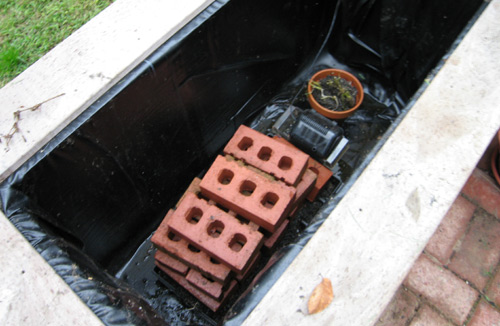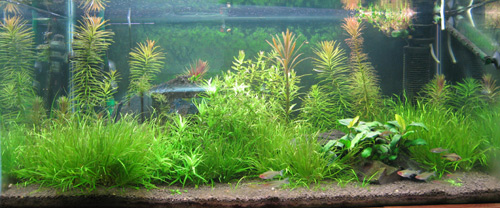Raised Brick Pond – Mid-Summer Report
July 13th, 2007My small brick pond has been progressing quite nicely this summer. I’ve added quite a few plants than I didn’t have last summer including Pogostemon yatabeanus, Riccia fluitans, Pogostemon stellata var. ‘broad-leaf,’ and a few native Polygonum, Ludwigia, and Lysamachia species that I’ve collected locally. Endlers and cherry shrimp are the main occupants of the pond this year again.
I’ve got frogbite growing quite well, with extensive root systems forming below the increasingly large pads on the surface. I’m hoping that they’ll soon transform into large plants resembling water hyacinths. Hydrocotle is growing nicely, both above and below the surface. The most prolific grower so far this year is definitely the Pogostemon yatabeanus, which seems to thrive regardless of fertilization or water current.
The solar pump is still operating, but is opposed by the large mass of plant matter occupying most of the water surface. Nevertheless, while some algae is present, the water is very clear, and by and large, the plants are doing well. Now, I’m just waiting for the sun to induce some of these plants to start flowering. I may start dosing extra phosphate to try and encourage the same thing. No doubt, the Endlers are producing plenty of ammonia to feed the plants.
I’ve only dosed a small amount of PMDD fertilizer roughly once a week, instead topping off the water in the pond a few times each week. The pond seems to have attracted a fair number of wasps and yellow jackets this year, which I haven’t yet been able to explain. Fortunately, none of these bugs have bothered much with me yet. As usual, birds enjoy bathing in the pond, and stealing the occasional Endler. So, for me it’s provided a great center of attraction for me to watch plants grow, birds play, and insects bugger about.

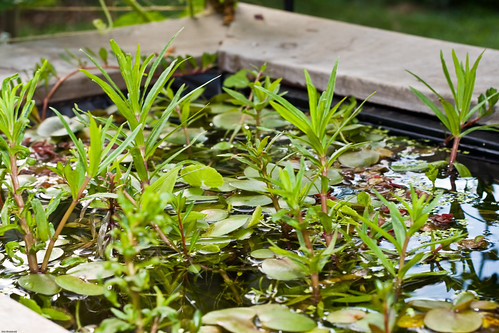
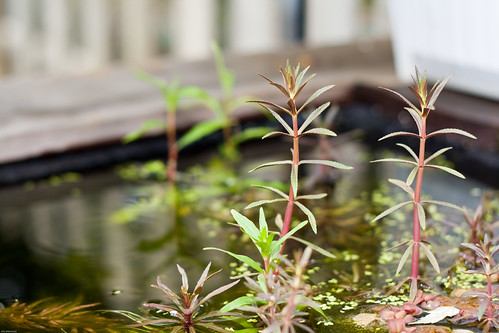
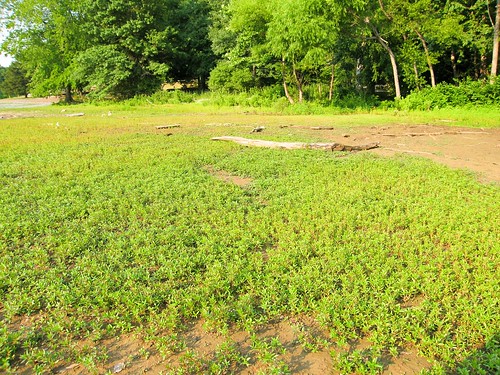
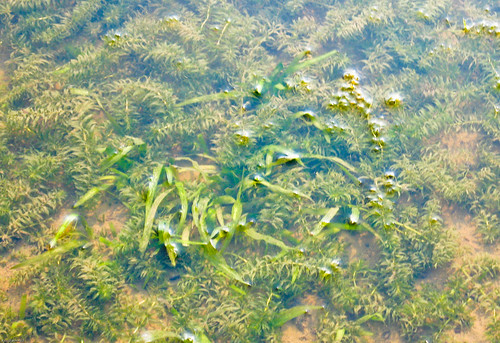

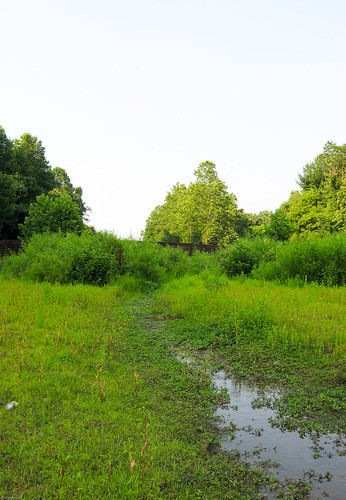





 We arrive early in the morning, around 7:45am, just before the park opens at 8:00am. Ghazanfar had been recommended this
We arrive early in the morning, around 7:45am, just before the park opens at 8:00am. Ghazanfar had been recommended this 



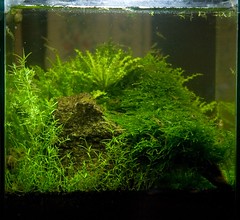
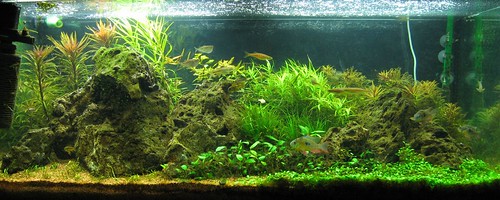


 Somehow, without me realizing it, my 40G tank has turned into more of a farm tank, than an aquascape. There’s a little bit of everything in this tank right now, most of it doing surprisingly well!
Somehow, without me realizing it, my 40G tank has turned into more of a farm tank, than an aquascape. There’s a little bit of everything in this tank right now, most of it doing surprisingly well!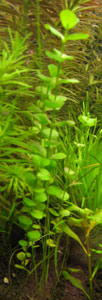
 So what’s in here? I’ve got the usual plants, such as limnophilia aromatica, baby tears, didiplis diandra, stargrass, blyxa japonica, blyxa albertii, rotala magenta, and rotala pusilla.
So what’s in here? I’ve got the usual plants, such as limnophilia aromatica, baby tears, didiplis diandra, stargrass, blyxa japonica, blyxa albertii, rotala magenta, and rotala pusilla.

